13 Vacation Spots That Look Better Online Than in Reality
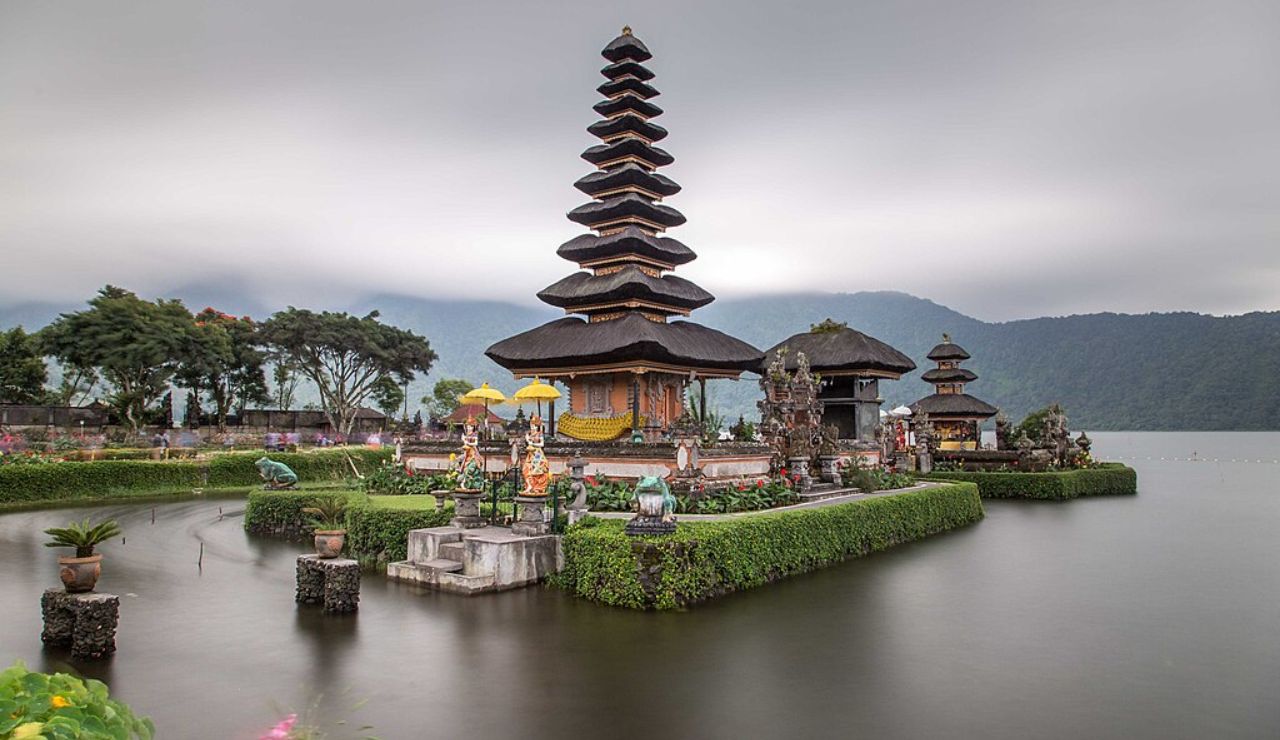
Some places look magical online, dreamy beaches, iconic landmarks, and picture-perfect cities. But not all live up to the hype. From crowded streets to overpriced meals and underwhelming sights, some vacation spots leave travelers disappointed. If you’re planning your next trip, here are 13 popular destinations that often look far better on social media than they do in person.
Santorini, Greece
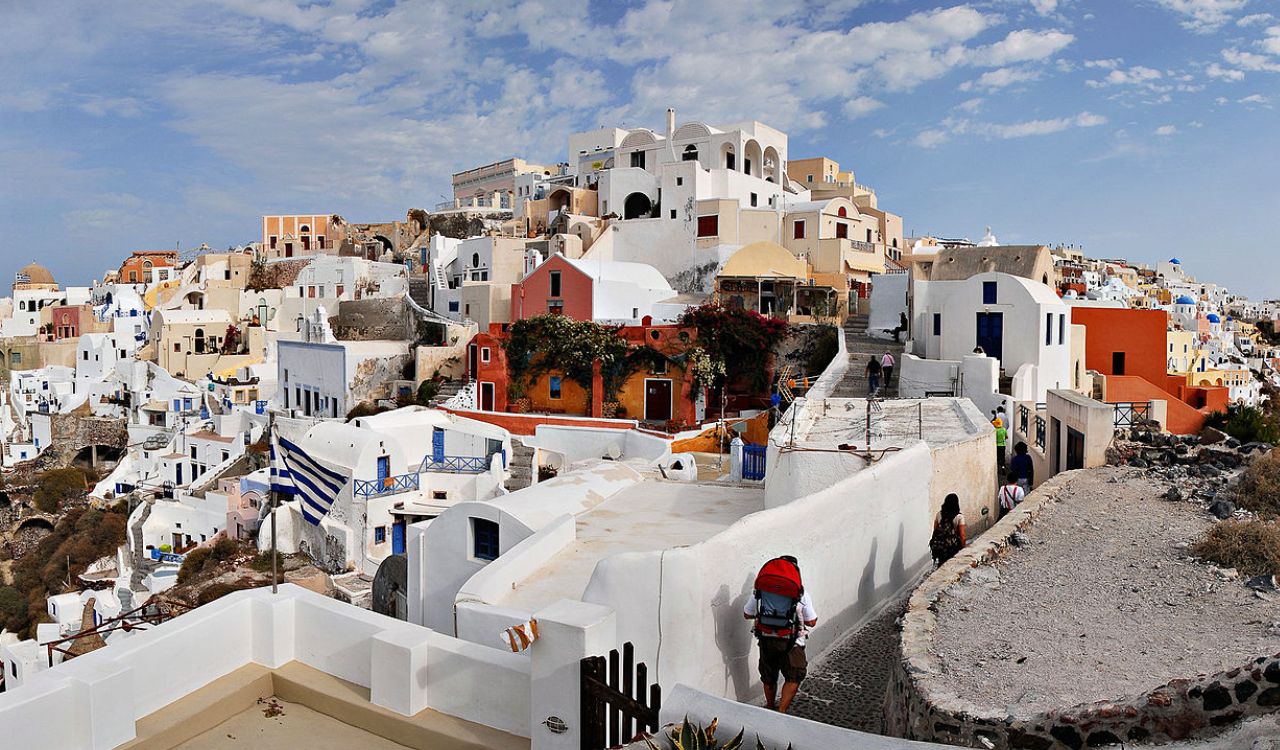
Santorini’s blue domes and ocean views make it look like paradise online. But in person, things feel far less dreamy. The narrow streets are often jammed with tourists, and peaceful sunsets are blocked by crowds of people taking selfies. Prices for food and rooms are sky-high, and the endless stair-climbing in the heat can wear anyone out. What looks like a calm escape often turns into a hectic photo-op. It’s still pretty, but the relaxing, romantic experience you expect is hard to find amid the crowds and costs.
Bali, Indonesia
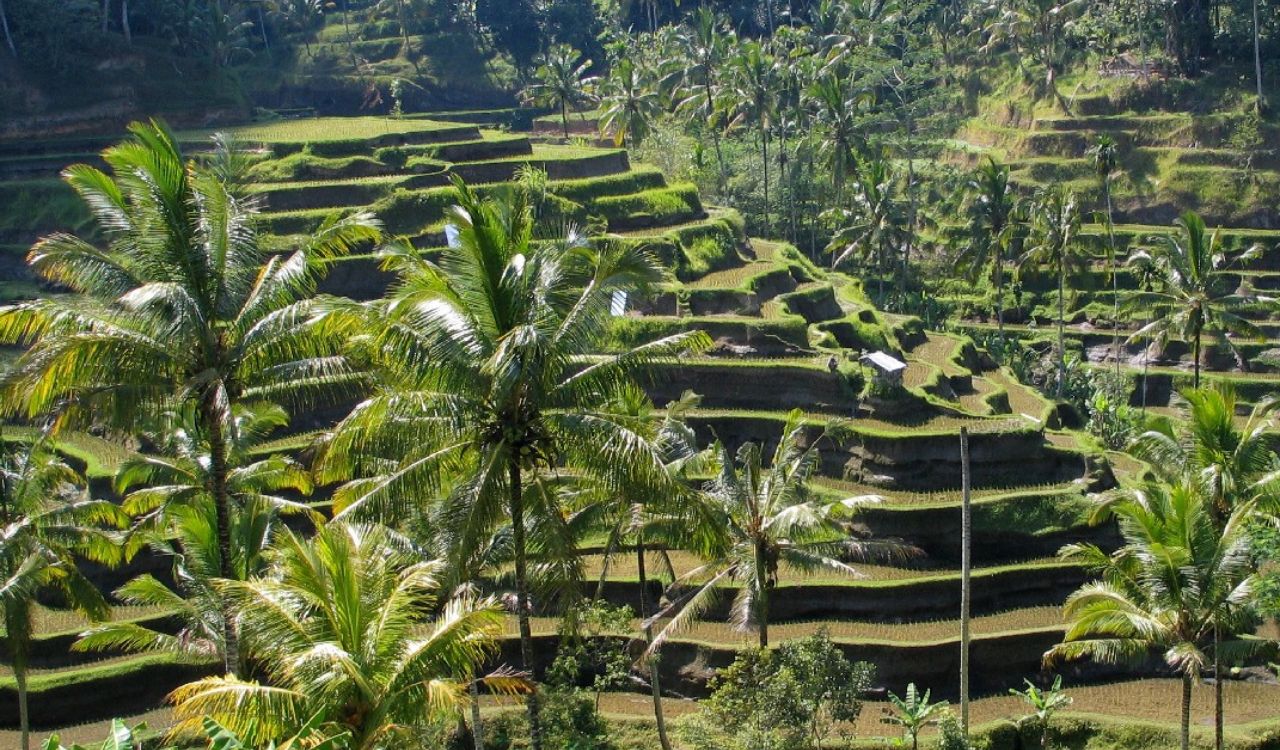
Bali’s tropical charm, rice terraces, and misty temples flood social media with dream-like beauty. But reality can be disappointing. Heavy traffic, packed beaches, and over-touristed “hidden gems” ruin the peace many come for. Popular waterfalls are crowded, and even spiritual spots feel commercialized. Eco-stays can lack basic comfort, and monkeys in some areas are known to snatch your things. While Bali has lovely spots, its popularity has led to overcrowding, noise, and a very different vibe than the calm escape shown online.
Dubai, UAE
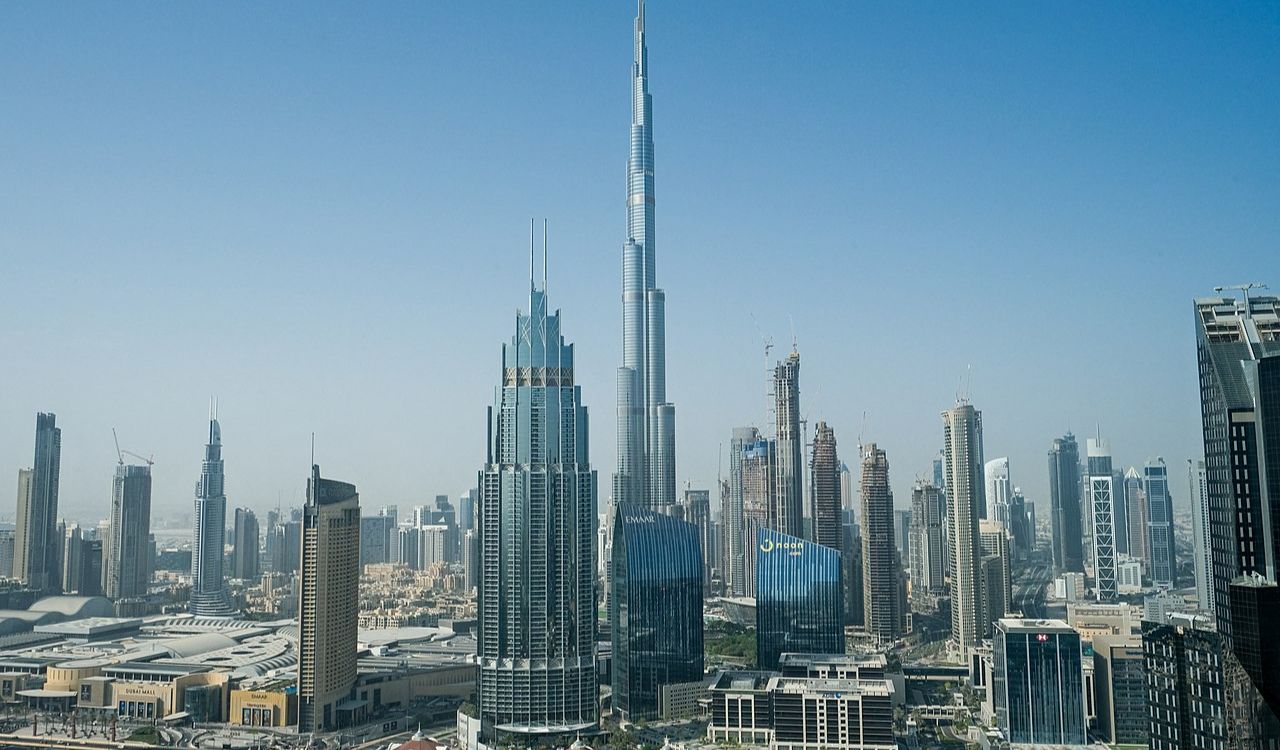
Dubai promises luxury and adventure — skyscrapers, desert tours, indoor ski slopes. It looks like a futuristic dream online. But visiting can feel overwhelming. The heat is intense most of the year, forcing you indoors much of the time. Attractions are often pricey, and the city can feel more artificial than authentic. It’s easy to get dazzled by the lights, but the culture is often hidden behind malls and social media glamour. Dubai is impressive to see once, but many travelers find it lacks warmth and true character.
Venice, Italy
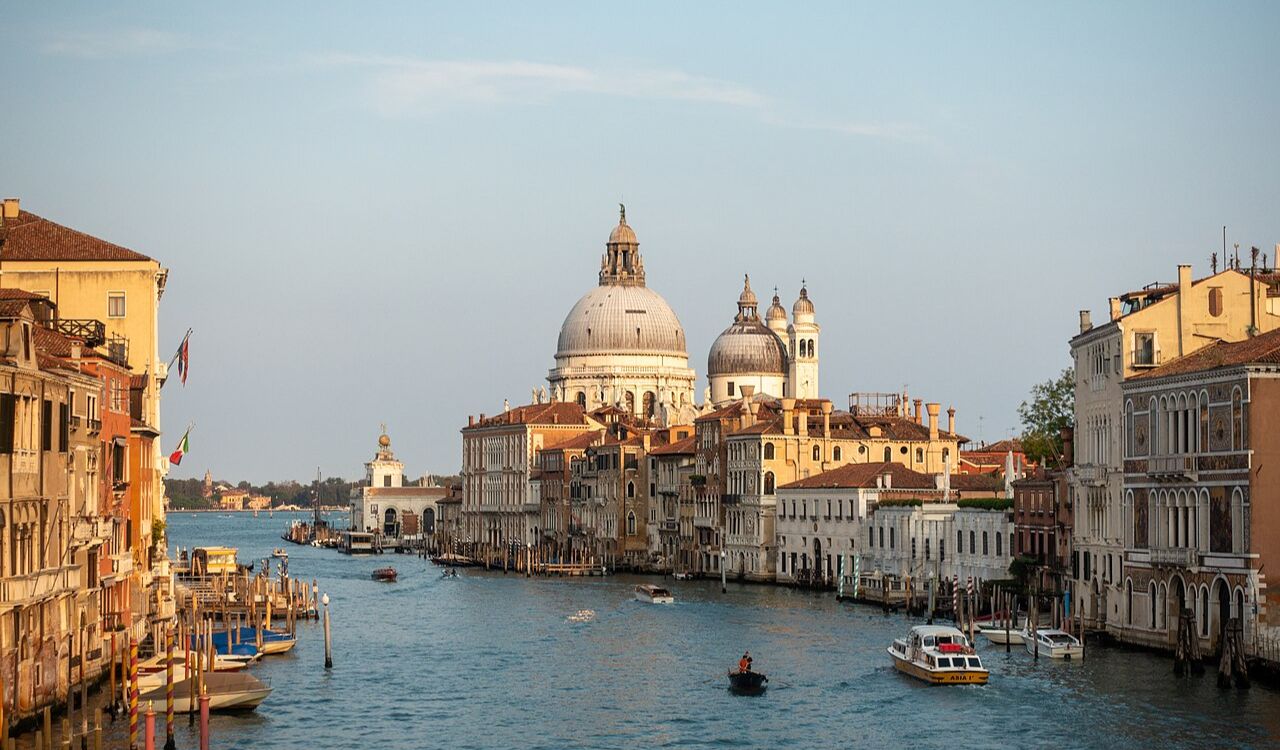
Venice’s gondolas, canals, and bridges create a romantic image online, but the real visit is rarely so peaceful. Crowds fill the narrow streets, and popular spots are overrun with tourists and selfie sticks. The canals can have an unpleasant smell, especially in warmer months, and gondola rides are short and expensive. It’s easy to get lost in the winding alleys, and everything costs more than expected. Venice has beauty, no doubt, but the charm often gets buried under the chaos and noise of too many people in too little space.
The Great Wall of China
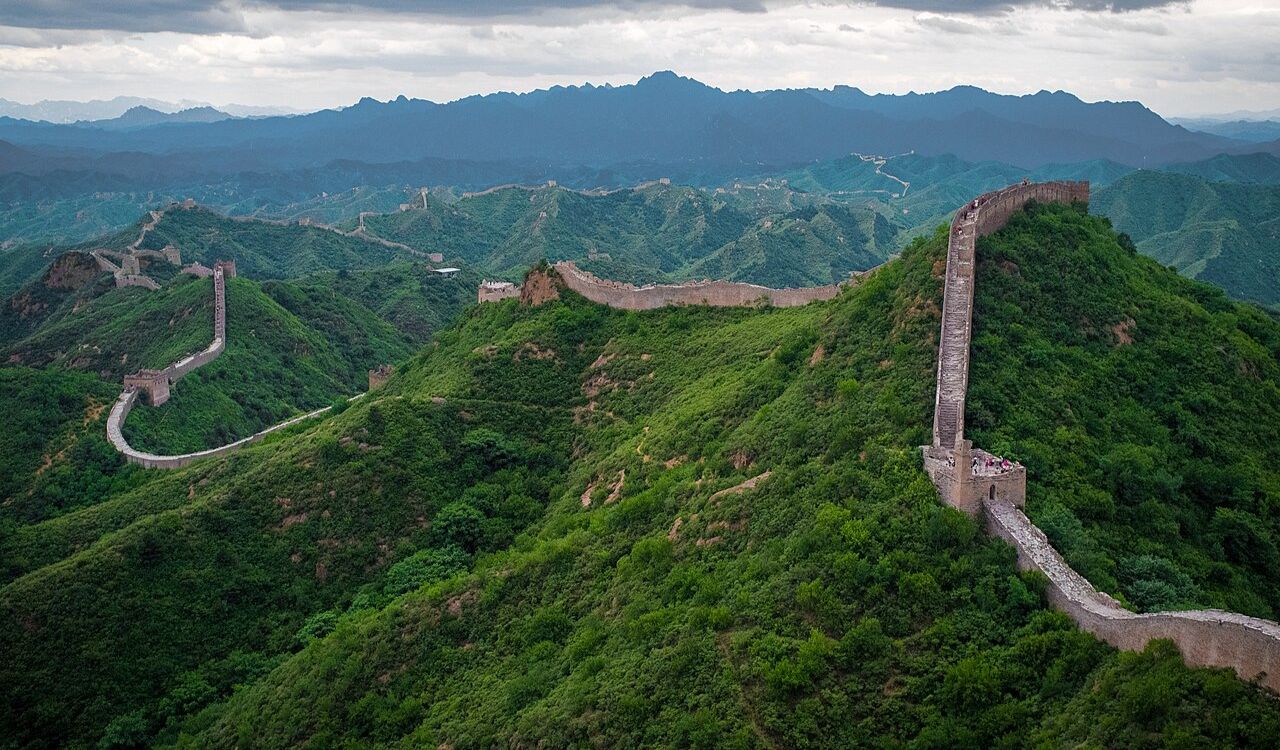
The Great Wall stretches across mountains and valleys, and in pictures, it looks endless and grand. But many travelers only see small sections near Beijing, which are crowded and heavily restored. The wall itself isn’t as tall as people imagine, and the climb can be tiring in the heat. While it’s a historic wonder, it’s hard to feel its magic when surrounded by tour groups and souvenir sellers. It’s still worth seeing, but don’t expect the quiet, cinematic moment you’ve seen in travel photos or documentaries.
Times Square, New York City, USA
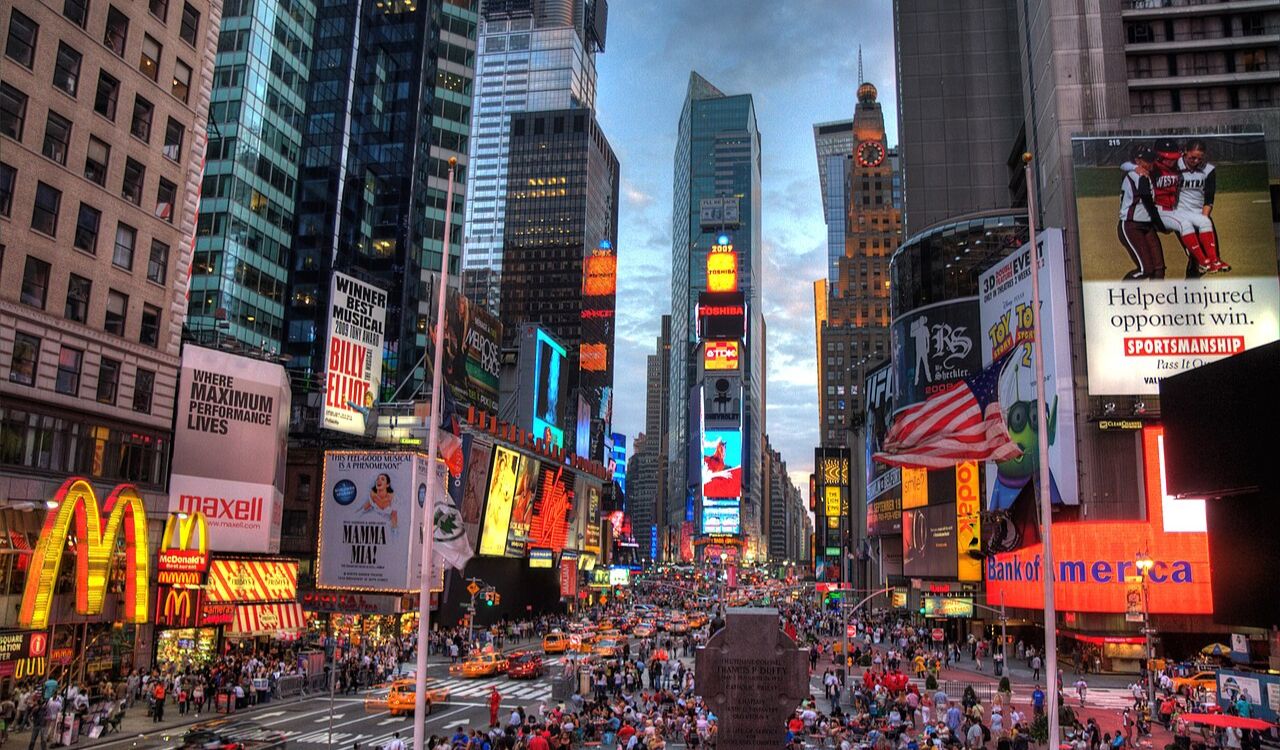
Times Square seems thrilling online — a glowing sea of lights, energy, and excitement. But walking through it can be chaotic and overwhelming. It’s packed day and night with crowds, noisy traffic, flashing ads, and costumed characters asking for tips. Restaurants are overpriced, and the whole area feels more like a tourist trap than a cultural gem. Locals avoid it, and many visitors only stay a few minutes before moving on. It’s loud, crowded, and commercial — not quite the magical NYC experience you might expect.
Tulum, Mexico
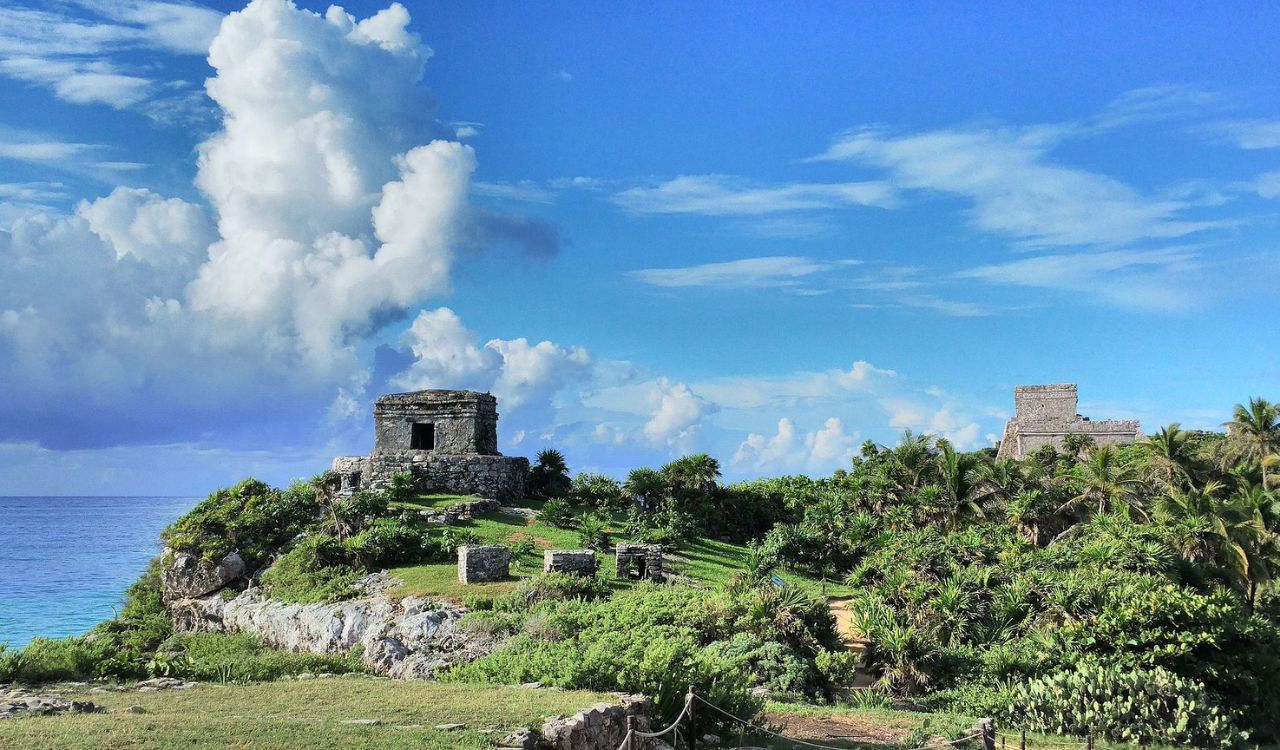
Tulum is marketed as a peaceful paradise with beach yoga, crystal-clear cenotes, and stylish eco-resorts. But the reality can be frustrating. Prices are high, internet is unreliable, and the beaches often have seaweed and crowds. Many “eco-hotels” lack basic comfort, and once-quiet spots are now filled with music and Instagrammers. What once felt off-the-grid now feels overrun. While Tulum still has natural beauty, it’s lost much of its laid-back charm and now caters more to influencers than to peaceful travelers.
Mount Rushmore, USA
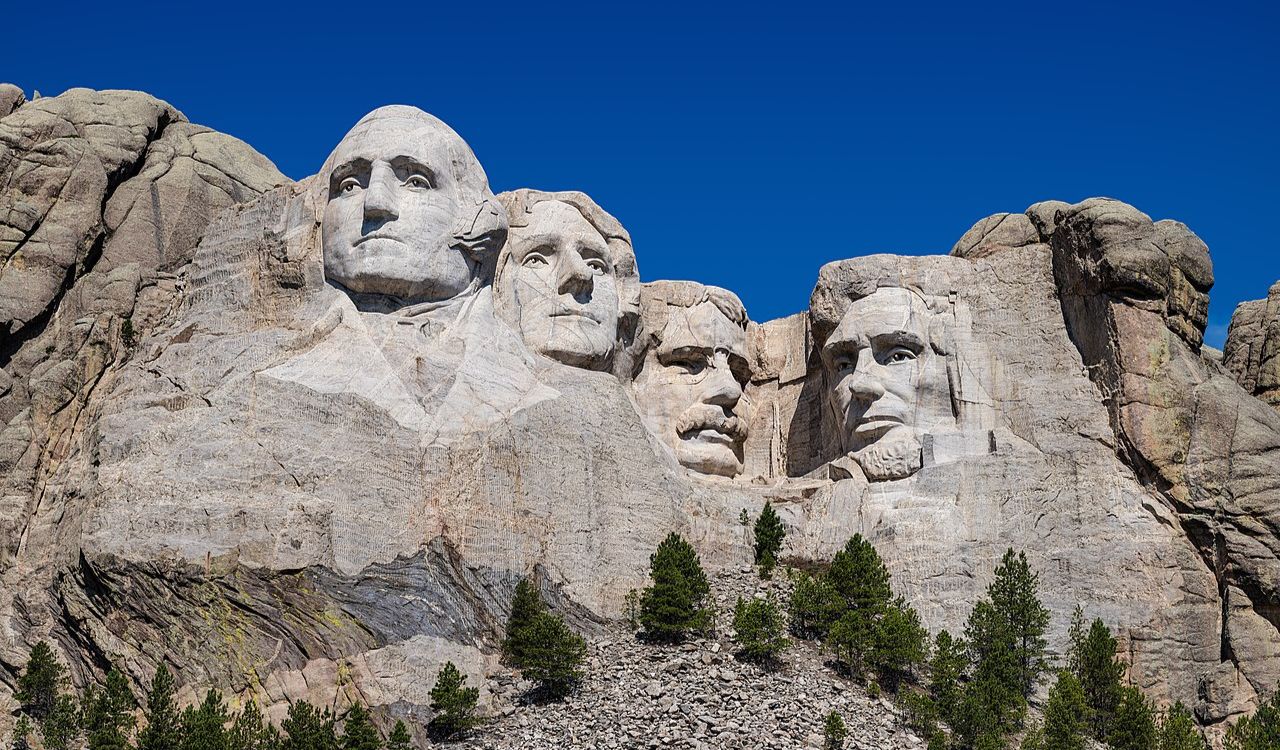
Mount Rushmore looks massive in photos, with the faces of four presidents carved into stone. But when you see it in person, it’s smaller than expected and feels a bit underwhelming. The remote location means a long trip for a short visit, and there’s not much else to do nearby. The monument is also aging and constantly undergoing repairs. While it holds historic value, many visitors walk away feeling that it didn’t quite live up to the iconic image they had in mind from books, photos, and films.
The Liberty Bell, USA
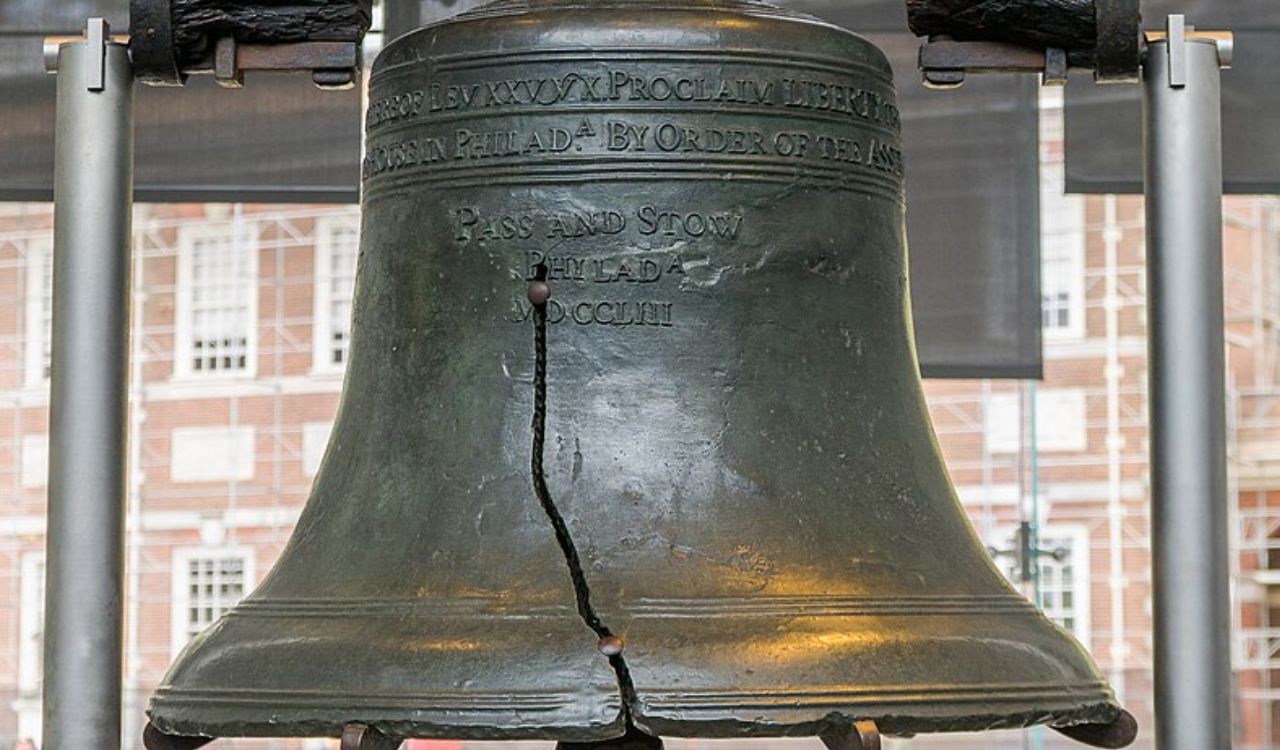
The Liberty Bell is a powerful symbol of American history, but it surprises many with its size — just three feet tall. It’s housed in a small exhibit in Philadelphia, often with long lines and tight security. You can’t touch it, and your time to view it is brief. The crack, which makes it famous, looks more dramatic in photos than in real life. While it’s still meaningful to visit, the experience is quick and far less grand than many expect. It’s more about symbolism than spectacle.
The Colosseum, Italy
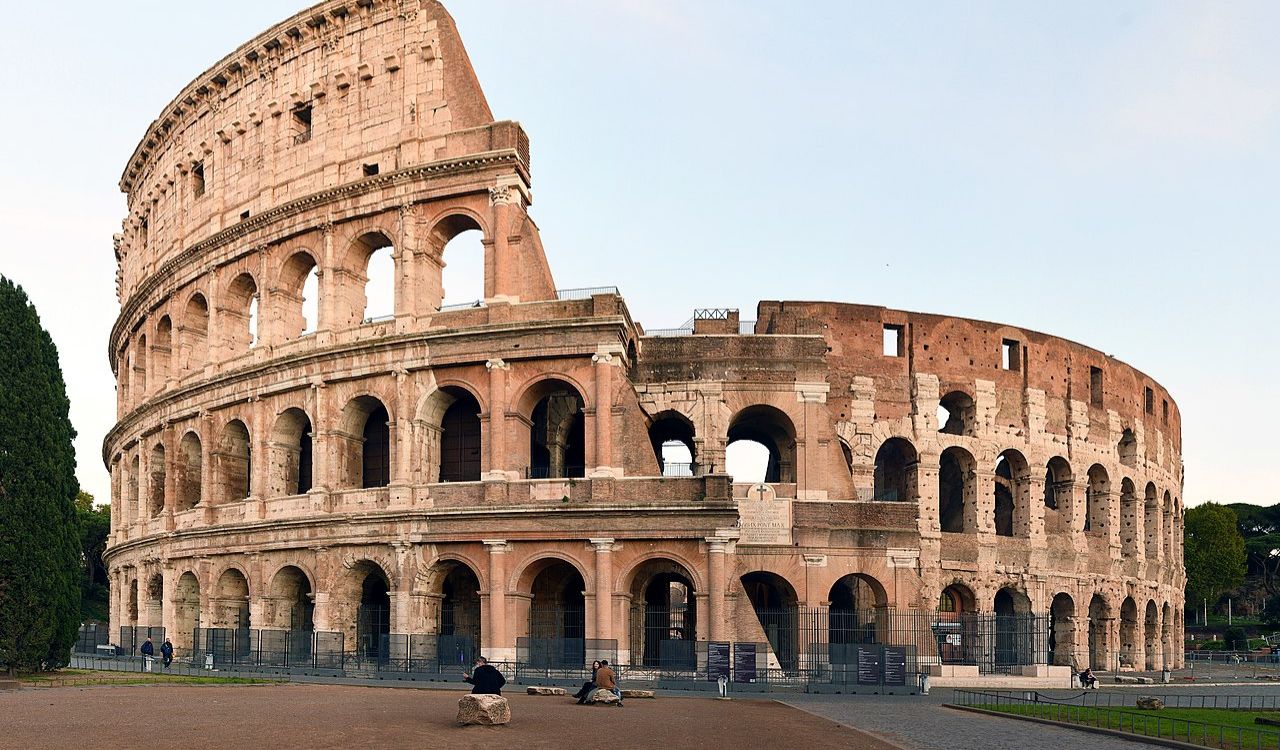
The Colosseum is a Roman icon and looks epic in photos, but visiting can feel like standing in line for a theme park. The crowds are massive, and tours are rushed. Inside, much of the structure is crumbling, and it’s hard to imagine the gladiator action you see in movies. Outside, street vendors and tourist traps are everywhere. While the history is fascinating, the busy atmosphere and commercial feel can take away from the sense of awe. It’s still a must-see, but don’t expect solitude or drama.
Old Faithful, USA
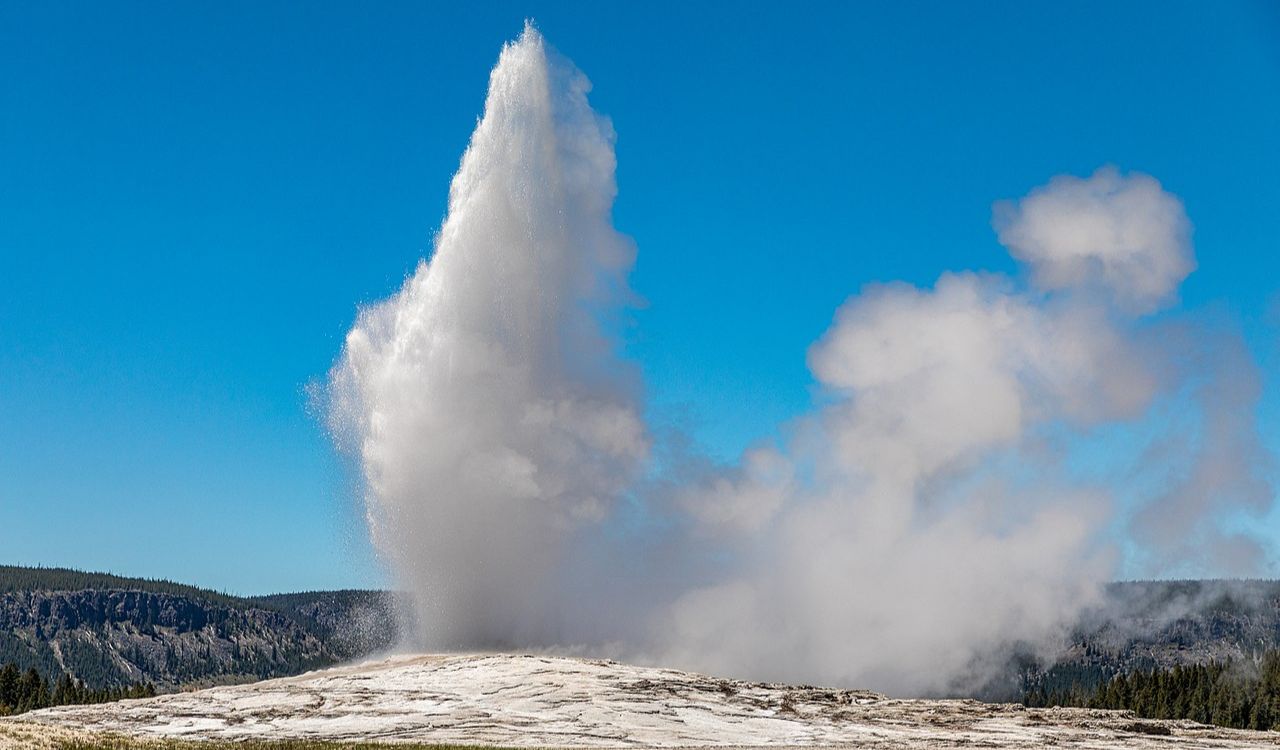
Old Faithful is one of Yellowstone’s top attractions, known for its reliable eruptions. But in person, the geyser is smaller and less powerful than most people expect. Viewing areas are packed, and it’s hard to get a good spot unless you arrive early. The surrounding area feels more like a stadium than a peaceful natural site. Plus, it’s not even the largest geyser in the park. While it’s fun to check off the list, many leave feeling the name “Old Faithful” promises more than it delivers.
Stonehenge, U.K.
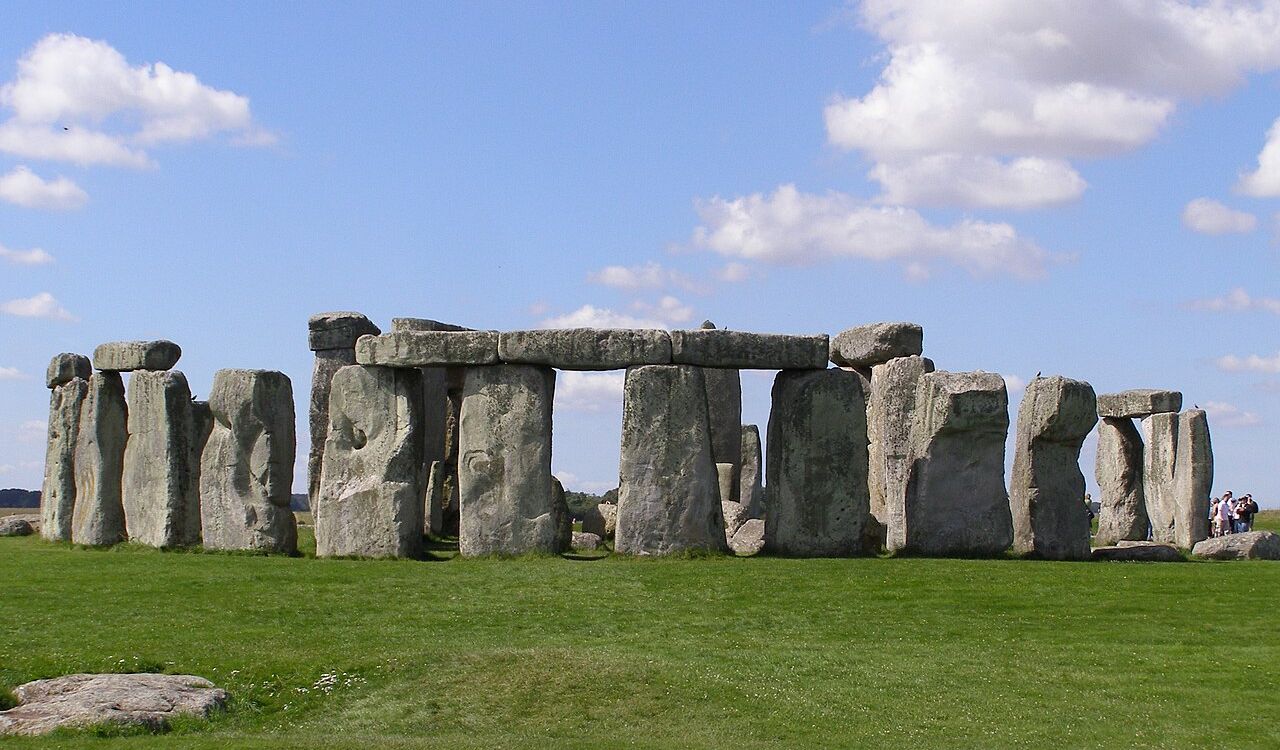
Stonehenge looks mysterious and grand in pictures — ancient stones standing tall on green fields. But when you visit, you’re kept at a distance, and the stones seem smaller than expected. The area is often windy and chilly, and the visitor experience is quick and hands-off. There’s not much else around, and some travelers say the whole trip feels rushed. While it’s historically important, the actual visit doesn’t always match the magical aura it holds online or in travel ads.
Rio de Janeiro, Brazil
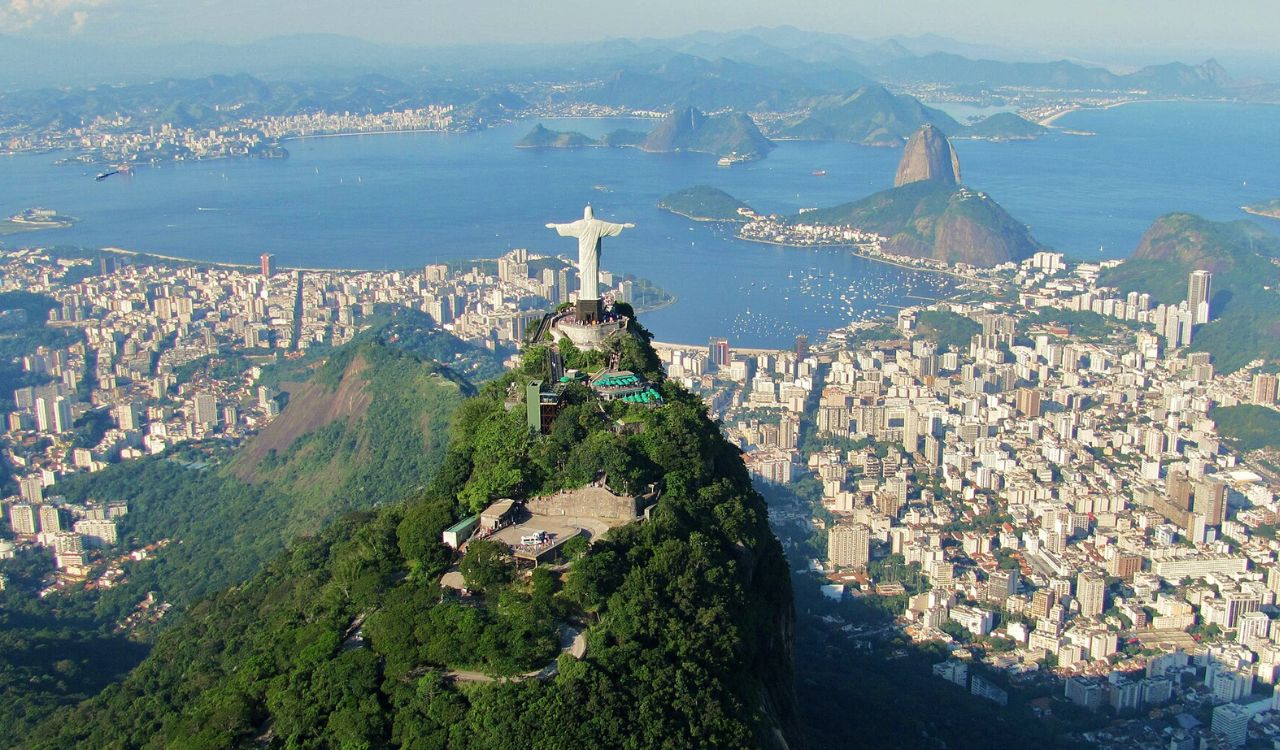
Rio is famous for its beaches, mountains, and vibrant culture. Online, it looks like a sun-soaked paradise. But the city also has real challenges — including high crime, visible poverty, and safety concerns in many areas. Tourists are often warned to stay within certain zones, and theft is common. While the views from Sugarloaf and Christ the Redeemer are stunning, getting there safely can be stressful. Rio has a lot to offer, but it’s not the carefree, picture-perfect place many expect from online images.